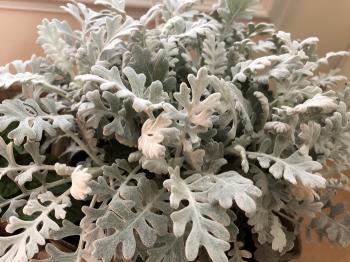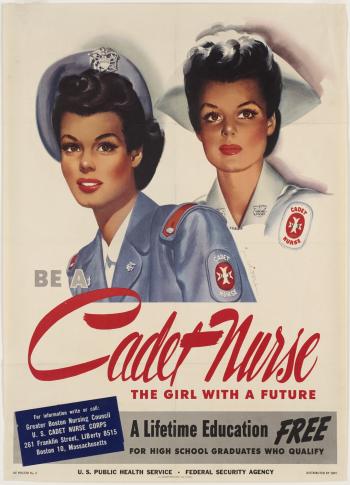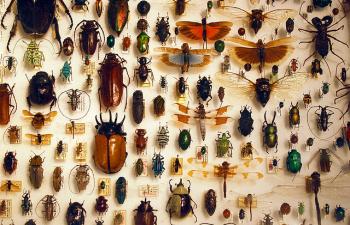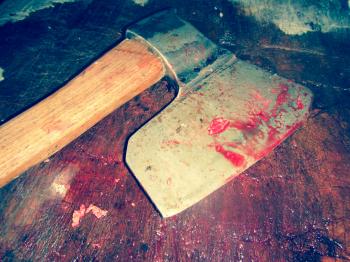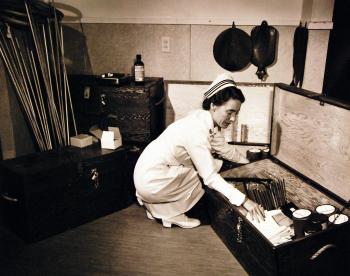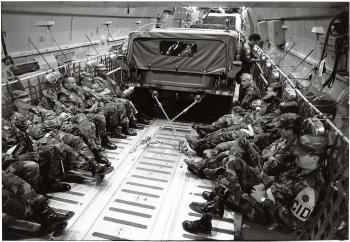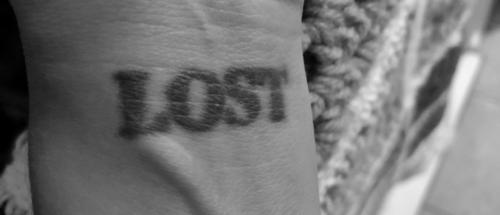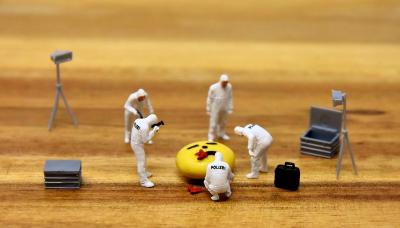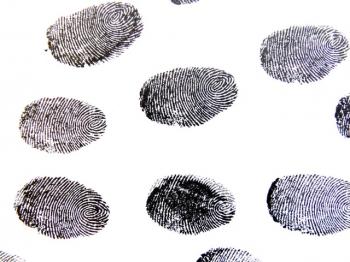Users Who Spiked

HOW TO SOLVE A JIGSAW PUZZLE
Private Notes
Private Notes
Notes
In the olden days, cartoon characters spent a lot of time chasing each other around. But, when the wily coyote or the psychotic feline got tired of running after his prey, he often turned to setting traps. There's the noose loop trap that would potentially have the roadrunner hanging upside down by his feet. There's the net trap that, when sprung, would drop a net down on the mouse. A personal favorite is the anvil drop trap; easy to avoid as long as you don't stand on the "X". Then there's the box trap. A box is propped up, open side down, with a stick. Bait goes under the opening and when the victim takes the bait, the stick is pulled out and the box falls down, shutting the prey inside the box. Of course, none of these work out quite as the villain planned and he often ends up on the receiving end of his own tricks.
If I were a cartoon rabbit and a hunter was trying to catch me, the best bait to lure me in wouldn't be a carrot, it'd be a jigsaw puzzle. My neighborhood library has started a community jigsaw table recently and I can't seem to walk past it. I'm always drawn in, spending twenty minutes or more mid-stride, backpack on, putting pieces into place. The little angel on my shoulder urges me to move on, reminding me that I had a purpose in coming to the library. The little demon on the other shoulder swears that I'll get to it, I just need to find one more piece.
Being a community table, there are multiple patrons contributing to the solution of the puzzle. I never see anyone else working it, but pieces find their way into place when I'm not looking. As much as I resent being mind-controlled by an elaborately cut piece of cardboard, I think it's a genius ploy by the library. It also saves me from compiling a hoard of puzzles at home. On the one hand, I love that members of the community can anonymously join together in this shared activity. On the other, some folks in my community clearly don't approach a puzzle the way I do. "That's okay," I repeat to myself as I try to keep from hyperventilating, "there's no problem with exploring different methods. The beauty of community is the variety of views." It's true, of course. There's really no wrong way to do a jigsaw puzzle, as long as the pieces fit properly into place in the end.
That being said, I think life would be a lot less frustrating if some common guidelines were followed. Why? Because apparently, I'm a control freak who can't leave well enough alone. It's tempting to print out the following tips and paste them up above the library's jigsaw table. Thankfully, I do have a modicum of self-control. Not enough self-control, however, to keep from sharing them with y'all.
1. Dump out all of the pieces and turn them right side up.
2. As you're sorting through, flipping over pieces, collect the edge and corner pieces.
3. Use those pieces to construct the puzzle's "frame."
This is the best way to begin piecing together a jigsaw puzzle. Edges are easily identified, regardless of what the picture on the face of the box looks like. This also serves to define the puzzle's dimensions. Now, it becomes clear how much space it takes up. It's literally a framework upon which you can build the rest of the puzzle. Once the simplest pieces have been put into place:
4. See if you can identify any transverse lines. If the picture is a landscape, the horizon might work. If it's an illustration of a bookshelf, use the shelves. What you want is a relatively straight, dominant line that cuts across most of the puzzle. Vertical or horizontal, it doesn't matter.
5. Faces are another great place to focus on. Whether they're human or animal, faces are one of the most easily recognized shapes in mankind's repertoire.
6. Barring identification of bisecting lines or faces, bright patches of color and highly-detailed areas can be good to concentrate on. Brighter pieces will draw your eye and be easier to pick out of the larger pile.
At the library, I love to work on the areas I think most people leave for last. Is there a big swath of monochromatic sky? I'm on it. Maybe a large evergreen whose needles all look the same? Leave it to me. The flank of a horse almost entirely in chestnut? Take me to it. I like to think I'm motivated by altruism but the reality is probably that I find these areas more challenging. When you get to the less-detailed bits of the puzzle, it's time to change tactics:
7. If you have a pile of similarly colored pieces that need to fit together, try and dissociate yourself from the picture you're trying to make. Ignore the box, because it won't help you much here.
8. Focus only on the shapes of the pieces. I've developed a little vocabulary I use to define the shapes in my head. For example, the edges that curve inward are "female" and those that protrude outward are "male." Generally, a puzzle piece is square, with grooves cut into each side. A piece could have three female sides and a male side. That means you'll have to match it up with three male sides and a female one.
9. It can help to sort the loose pieces into categories. Put all of the pieces with four male sides in a pile, put the pieces with four female sides together in a pile, etc.
It's only the first three steps I really obsess about. I can't seem to wrap my head around why anyone would start a jigsaw any other way. But, puzzles are supposed to be fun, relaxing ways to pass the time. So, if it works for you to start out with the faces, then do the faces. If the rusty old truck is demanding your attention, by all means, work on the truck. The only real rule that matters is: have fun!
As an aside, here's an amusing (and related) article from The Big Jewel: https://www.thebigjewel.com/the-reigning-jigsaw-puzzle-champion-of-the-world-apologizes





















